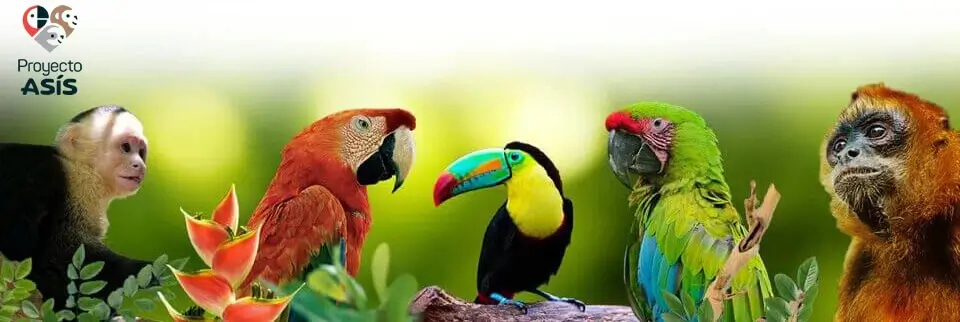The Spectacled Caiman (Caiman crocodilus) 🐊 is one of the most widespread crocodilian species in the Americas. Named for the bony ridge between its eyes that resembles spectacles, this adaptable reptile thrives in diverse habitats. In this post, we’ll explore its anatomy, distribution, behavior, reproduction, conservation status, and threats—helping raise awareness about this fascinating predator.
Anatomical Characteristics
The Spectacled Caiman is a medium-sized crocodilian, with adults typically reaching:
- Length: 1.5–2.5 meters (5–8 ft), though some males exceed 2.7 meters (9 ft).
- Weight: 30–60 kg (66–132 lbs).
- Distinctive Features:
- “Spectacle” Ridge: A bony crest between the eyes (giving it its name).
- Coloration: Olive-green to brown, with dark bands on the body and tail.
- Jaws & Teeth: Sharp, conical teeth designed for gripping prey (they replace lost teeth continuously).
- Eyes & Nostrils: Positioned on top of the head for stealthy underwater hunting.
Geographical Distribution
This highly adaptable species is found across:
- Central America: Mexico to Panama.
- South America: Colombia, Venezuela, Brazil, Peru, Ecuador, Bolivia, Paraguay, and northern Argentina.
- Introduced Populations: Florida (USA), Cuba, and Puerto Rico.
- Habitat: Prefers freshwater ecosystems—rivers, lakes, swamps, marshes, and flooded forests.
Biology and Ecology
Diet & Hunting Behavior
- Opportunistic carnivore: Feeds on fish, crustaceans, amphibians, birds, and small mammals.
- Juveniles eat insects and small aquatic creatures.
- Nocturnal hunter: Most active at night, using stealth and ambush tactics.
Behavior
- Social Structure: Mostly solitary but tolerates others in shared basking areas.
- Thermoregulation: Basks in the sun to regulate body temperature.
- Vocalizations: Hatchlings and adults communicate with grunts, hisses, and growls.
Reproductive Cycle
- Breeding Season: Varies by region, often during the rainy season.
- Nesting: Females build mound nests (1–1.5 meters wide) from vegetation and mud near water.
- Eggs & Incubation: Lays 20–40 eggs, incubated for ~90 days. Temperature determines sex (warmer = males, cooler = females).
- Parental Care: Mothers guard the nest and assist hatchlings to water.
Population Trend & Conservation Status
- IUCN Status: Least Concern (due to wide distribution and stable numbers).
- Population Trend: Increasing in some areas, thanks to legal protections and habitat adaptability.
Threats to Survival
- Habitat Loss: Wetland drainage for agriculture and urban expansion.
- Illegal Hunting: Poached for skin (leather trade) and meat.
- Pollution: Pesticides and heavy metals contaminate waterways.
- Climate Change: Alters water levels and nesting conditions.
- Human Conflict: Killed due to fear or competition for fish.
How to Help Protect the Spectacled Caiman
✔ Support wetland conservation efforts.
✔ Avoid buying illegal wildlife products (e.g., caiman leather).
✔ Promote eco-tourism to fund local protection programs.
✔ Report poaching to wildlife authorities.
The Spectacled Caiman is a keystone species, maintaining balance in aquatic ecosystems. While currently stable, habitat destruction and poaching remain serious threats. By spreading awareness, we can help ensure its survival.














You must be logged in to post a comment.